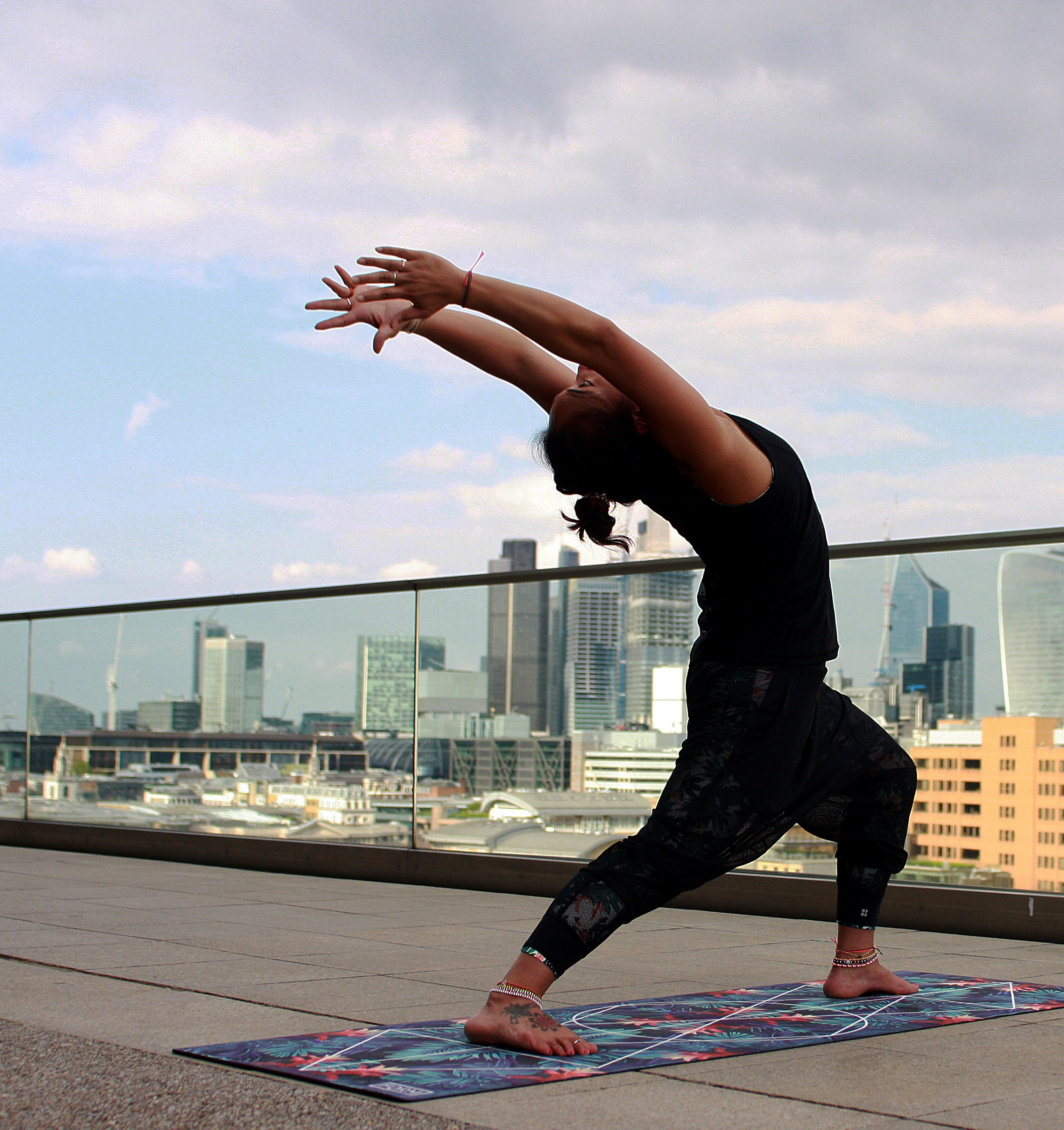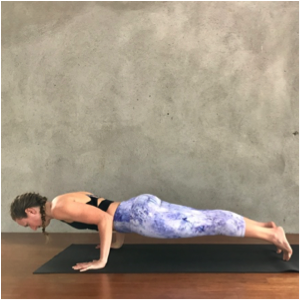Living in Northern California offers a splendor of outdoor farmer’s markets, with some open throughout the year. Abundant fruits, vegetables, flowers, seafood, and beyond give us access to local farmers and a tangible answer to something profound: where does our food come from? At the farmer’s market, you’re on a direct receiving line of true farm-to-table ingredients.
Unlike grocery stores, where a variety of fruits and vegetables are always available, the stands at a farmer’s market often boast similar harvests. There is a general rule that what is plentiful is what’s in season. Take note from gourmet chefs who craft their menus based on seasonal ingredients and follow suit! Sample different varietals of apples, tomatoes and peaches, and delight in your bounty at its peak freshness raw, cooked, or preserved for future enjoyment.
Local farmer’s market purveyors are a valuable resource, so during your next outing don’t be shy. Ask questions about the farming process, harvest, food preparation tips, and any favorite recipes that utilize the current harvest. You can also visit a farmer’s market website to learn more about local farmers and their stories. Below are some tips to get the most out of your next farmers market trip:
Take your own bag If you have a sturdy reusable grocery bag, be sure to grab it before heading to the market. The farmers often have small paper or plastic bags that can lead to unnecessarily bruising your goods! Be mindful of how much time you’ll be outdoors and purchase the more fragile items (i.e. peaches, plums, berries) before you take off for the day. If you plan on getting seafood or protein, having a food safe insulated bag, will keep things fresh until you get home.
Go early, wear a hat, and lose the shades Beat the crowds for first dibs. Since it’s usually quieter at the opening of a farmer’s market, you may also find more opportunities to chat with some of the farmers. Since you are outdoors, don’t forget ample sun protection. When shopping for fruits and vegetables, remove sunglasses for a full sensory experience of holding, smelling, and seeing what you’re selecting to take home.
Try before you buy One of the greatest benefits of shopping at farmers market is the plethora of samples available. You can’t bite into a fruit at the grocery store, which can lead to taste bud disappointment once you get home. So, taste, smell, touch, and then buy. If there are no samples out, ask for one – they are likely to oblige! Look for what’s in season before you go: https://cuesa.org/eat-seasonally/charts/vegetables
Chef it up Prepare meals that take full advantage of your farmer’s market goods, including meal preparations that showcase the ingredients raw and cooked. Peaches? How about a peach and arugula salad with balsamic vinegar, grilled peaches with honey, and freeze some diced ripe peaches to blend into smoothies.
























